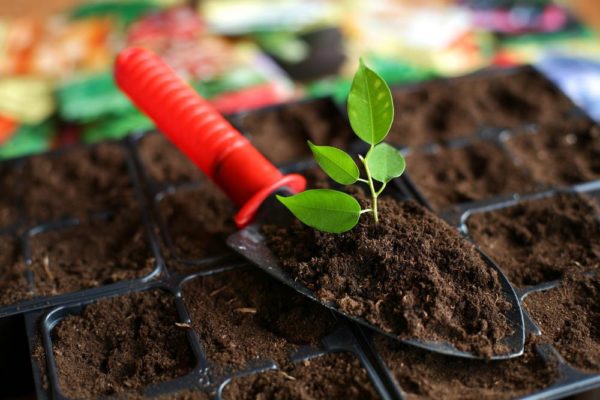In search of a source for feeding their gardens and summer cottages, the owners most often prefer substances of natural organic origin. For wetlands, peat becomes an excellent fertilizer, creating a highly nutritious environment for cultivated plants. And how exactly, for what it can be used and in what quantity, we will talk further in our article.
Table of contents
What is horse and lowland peat
All microorganisms and vegetation that live in marshy areas, in overgrown reservoirs and lakes with weak flowage die for some time, forming the so-called biomass. And over the years, its accumulation and involuntary pressing takes place. As a result, peat appears in conditions of high humidity and lack of air.
This is a natural mineral of natural origin, which is a composition of brown or black color. In view of the fact that the total moisture content and lack of oxygen interfere with the complete decay of wetland organics, some consider that peat is just the initial stage of the appearance of coal. According to its characteristics, it can be sour and neutral.
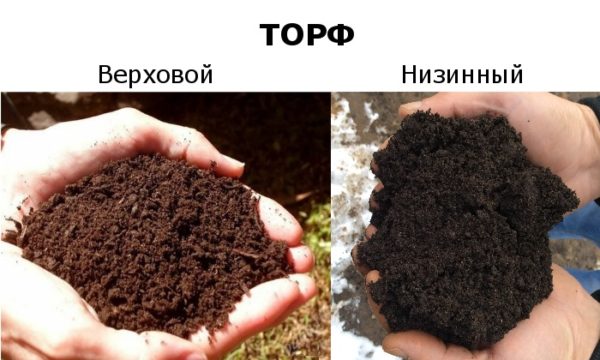
Characteristics and composition
Peat consists mostly of organic matter of plant origin, but not only. The remains of animals and various microorganisms are also present. A significant amount of humus appears at high humidity and low levels of oxygen. And sometimes this figure reaches sixty percent of the total mass. Fresh smell of silt, mud, in the processed may have the smell of the earth.It looks like the land of black or red color depending on the depths.
The chemical composition of the fossil is as follows:
- carbon 50-60%;
- hydrogen - 5%;
- oxygen - 1-3%;
- nitrogen - 3%;
- sulfur - 1%.
Since the assimilation of nitrogen in this case is rather sluggish, only 1.5 kg of the substance will receive plants from 1 ton of the substrate. And this is not enough. It is recommended, using as a fertilizer, to combine it with other mineral and nutritional complexes. Peat is retrained into auxiliary components that keep agrochemicals in the soil. This will be a salvation in the process of its use in protected ground.
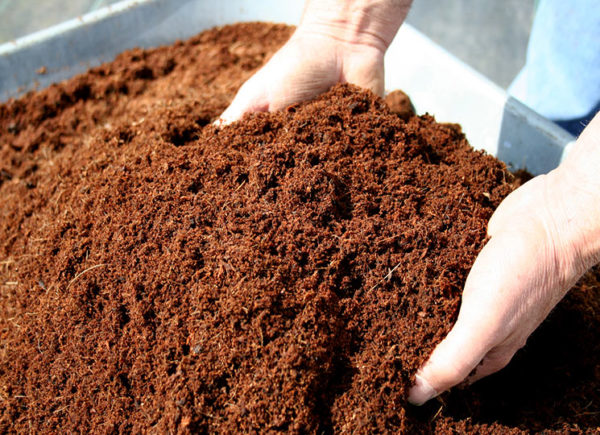
Peat species: sour and neutral
Depending on the location and accumulation of certain vegetation, involuntarily forming a fossil, it is subdivided into: high, lowland and transitional.
Generally speaking, the type of fossil determines its relief location.
Riding view of 95% consists of residues of plant organic matter. Most often it is pines, larch, sedges and other trees. Its formation occurs most often in elevated areas of slopes and watersheds. The acidity of this soil is in the range of 3.5-4.5 units.
In the agrarian industry, horse species can be used in the form of compost, container formulations, for mulching and substrate for greenhouses.
More than 95% of the lowland substrate is presented in the form of not completely decomposed organic matter. Spruce, alder, birch, willow, fern, reed and other trees, plants located in ravines and river floodplains.
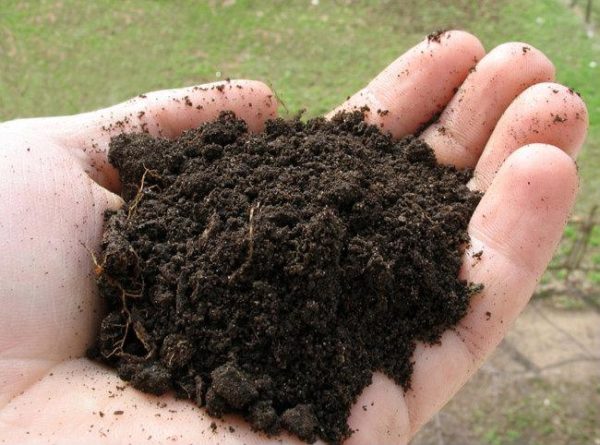
Lowland is characterized by neutrality and low oxidation. Its pH is between 5.5 and 7.0. This allowed him to use for deoxidation of land. With all types of minerals, it is the most useful substrate, containing no more than three percent nitrogen and one percent phosphorus.
The transitional substrate comprises about 90% of top-grade organic matter, and the rest is low-lying mixtures. It differs slightly acid reaction with a pH level in the range of 4.5-5.5. This substrate, as well as lowland one, is customarily taken in a complex of nutrient compositions. It is considered useful and allows you to get a good harvest, improving the quality of the soil.
Application in the form of fertilizers at the dacha
Experts advise the use of the substrate on sandy and clay plots. Since it makes no sense to produce food and so fertile black soil. As for its inclusion in loams, the question becomes ambiguous. Some say it is necessary, while others clearly oppose such a decision.
In view of the fact that the riding substrate helps to increase the acidity of the soil, it should not be used as a complex of fertilizers. Most often it is a mulch, contributing to the preservation of moisture on the land.
To maximize the effectiveness of the peat substrate used, it is important to choose a composition with a decomposition level of 30-40% or more.
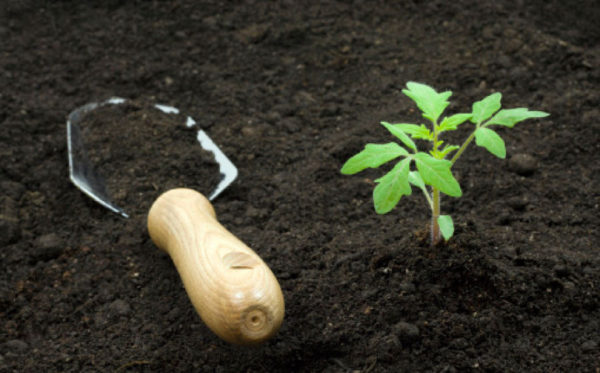
And it is important to note the following:
- Lowland composition must be aired and crushed before use.
- If you use the composition to power the soil, it must be wet (50-70%). Otherwise, it will become a mulch, not a fertilizer.
Due to the easy ventilation of organic matter, the level of toxicity is significantly reduced. In this case, it is recommended to pour the peat on a pile and keep it in an open area for several months, occasionally turning it over with a shovel. If there is not so much time, you need to keep the substance in the open air for at least a few days.
This fossil is very often used to improve the properties of the soil. So, on 1 square. m of land you need 20-30 kg of peat.As a result, the concentration of beneficial organic substances will increase by almost one percent. It is recommended to repeat this procedure annually, eventually optimizing the composition of the soil to the optimum level.
In the form of mulch, the product can be applied as in a pure dried form, as well as adding wood needles, sawdust, moss or dry hay to it. But it is recommended to lower the level of acidity of the composition by adding wood ash or dolomite flour.
Peat in the form of compost is the best use as food for land and vegetation.
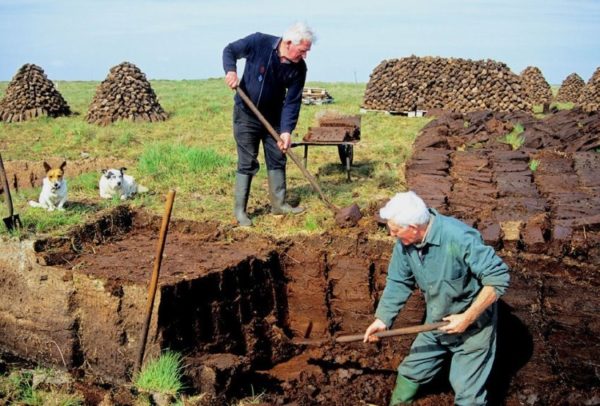
Risks and dangers associated with use in the garden
Previously, we have already stipulated that the use of peat should be skillful. Since its high concentration can harm them, lead to the suppression and slowing of the growth of cultivated plants, and even their death. In addition, there is a deterioration in the composition of the soil, a change in the ratio of its components and trace elements.
Moreover, Peat can be applied in pure concentrated form only for mulching, and not for feeding the soil. In this case, it is important to supplement it with mineral and organic components.To make a substrate in black soil and other fertile soils is impractical, more precisely, it is useless. Where do you get it? You can buy in the store or do it yourself.
Now you are well aware of how exactly it is necessary to apply the peat substrate so that it brings only benefits to plants. After all, with such a composition you need to behave properly, otherwise everything can end in tears.
